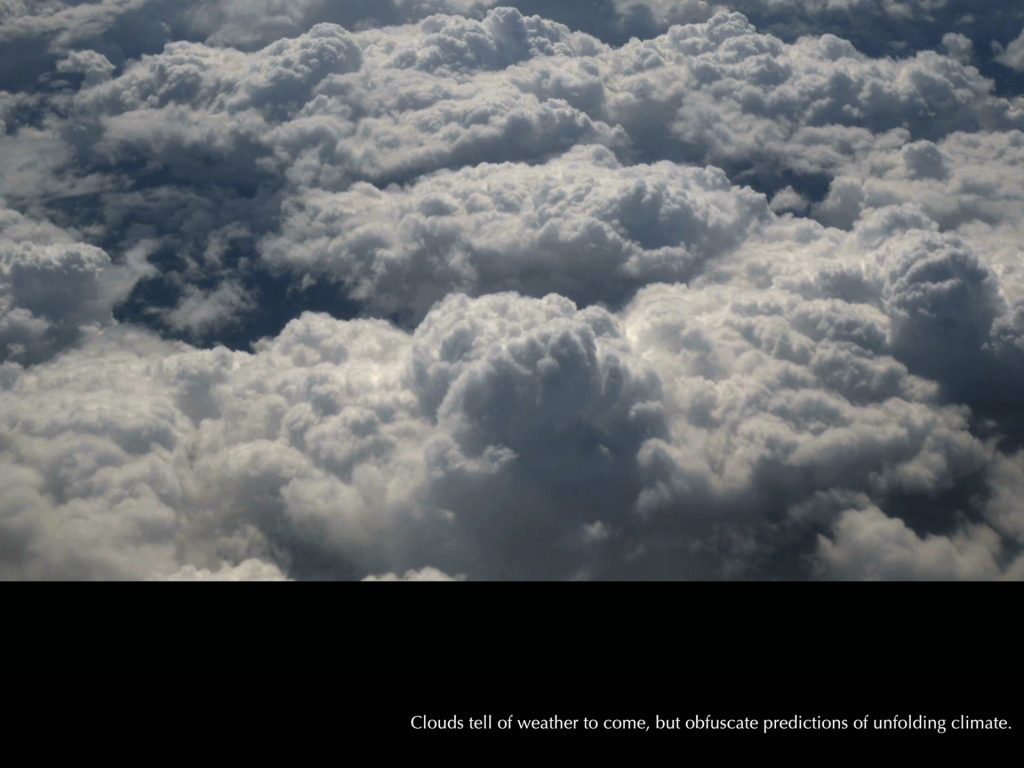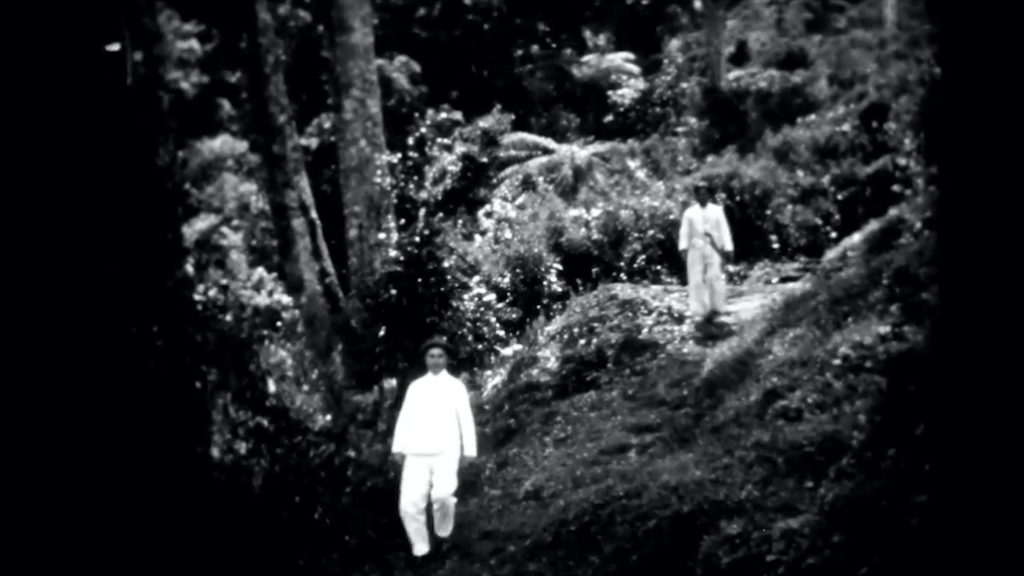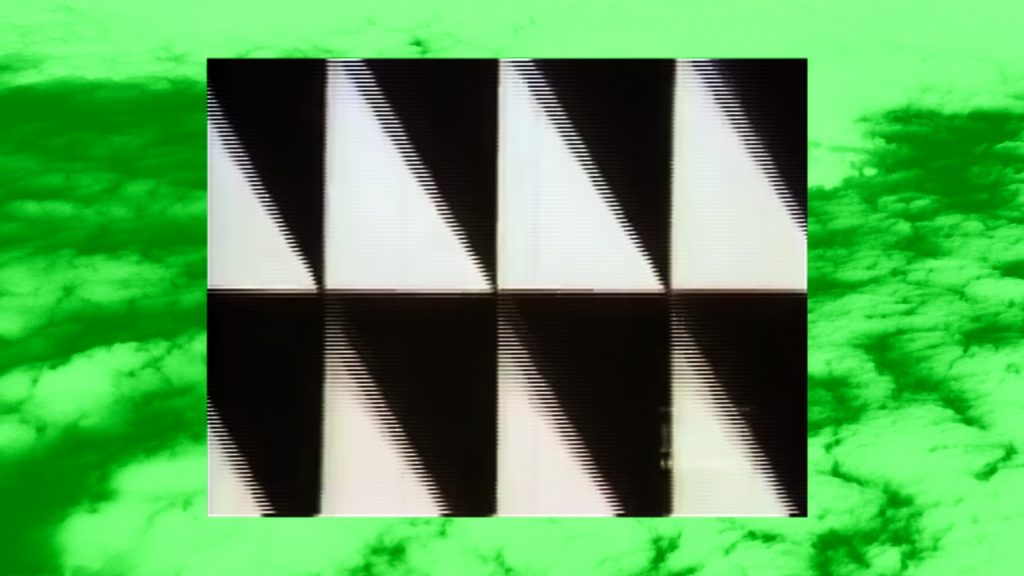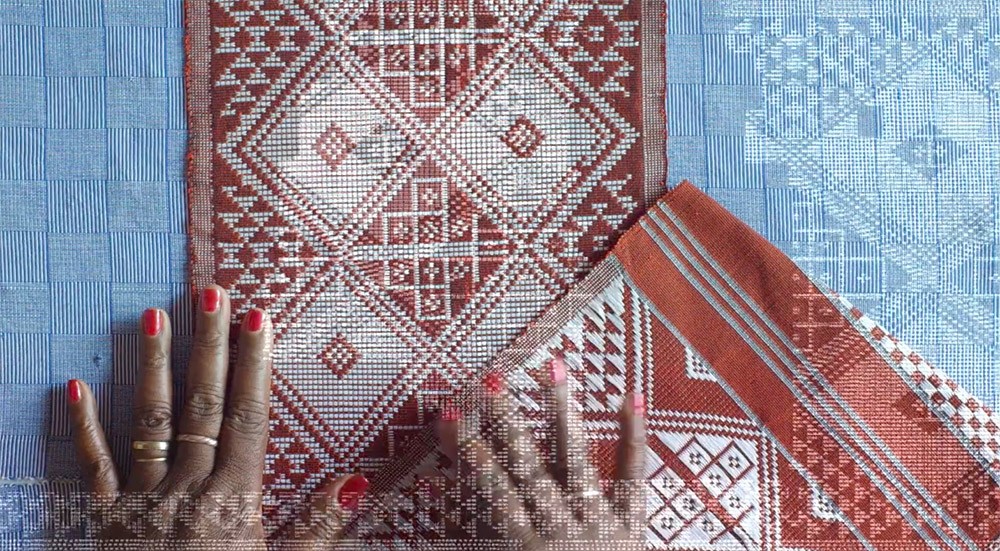The air in the Arctic, the landscape of West Java, the rainforest of the Amazon or the cotton fields of Guinea –– these are not just natural systems. These places are not only technology-enabled, but are also influenced by our technological or scientific gaze. The history of information and technology is inscribed in different landscapes and the practices of their exploitation or care. The film by the artist Hanna Husberg is part of her artistic research into air as a political imaginary and the materiality of clouds. Riar Rizaldi’s film looks at the mountains as a means of communication and geotechnology used by both Dutch colonists and locals; and Barbara Marcel reflects on a conventional look at the Amazon forests from a bird’s eye view. The films take a closer look at the relationship human subjects have with these techno-natural systems and reflect upon their power and resistance, while questioning what is technology in general and whether it can be separated from nature at all.
Curated by Viktorija Šiaulytė



